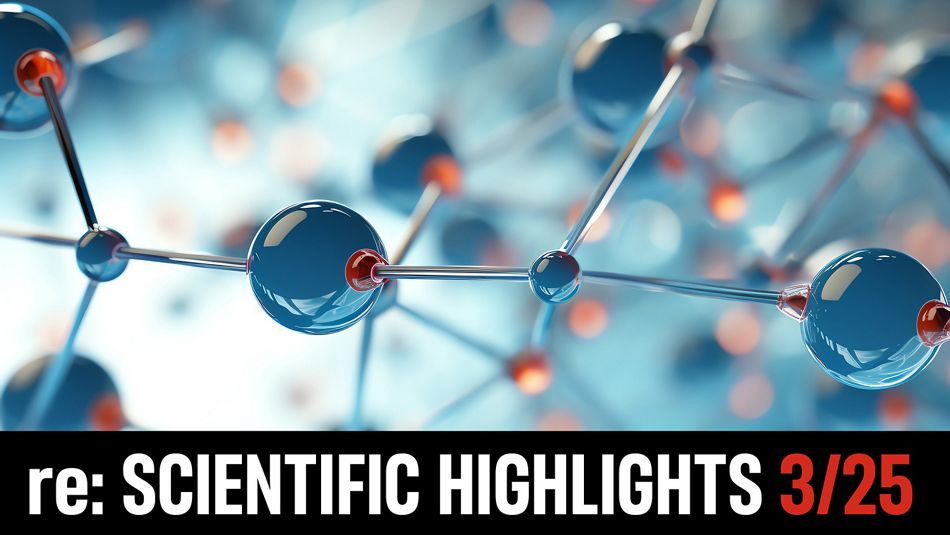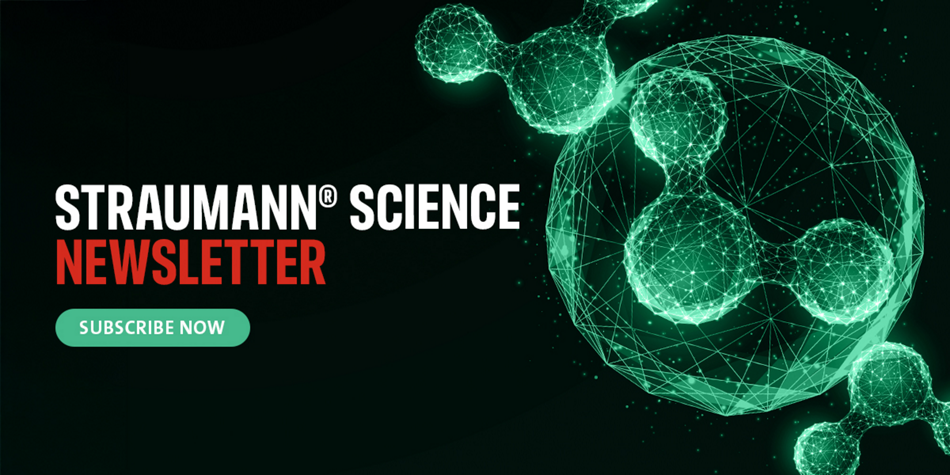STUDY OBJECTIVES AND METHODS
The use of growth factors (GFs) has become a cornerstone of modern regenerative periodontology. While the extent to which GFs enhance tissue regeneration compared to other biomaterials was initially uncertain, it is now well established that GFs play a critical role in the regeneration of various tissue types. In the context of periodontal regeneration, enamel matrix derivative (EMD/Emdogain) has been a key biomaterial for over 30 years. Pioneering work by Lars Hammarström in the mid-1990s led to a wealth of publications on the clinical concept of mimicking tooth development to promote periodontal regeneration. This approach has been shown to induce the formation of new cementum, with functionally oriented periodontal ligament fibers and new alveolar bone. This review begins with an overview of the biological basis of EMD, highlighting its role as a protein (primarily amelogenins) and growth factor complex that initiates and mimics tooth development. Subsequently, histological evidence from animal and human studies using EMD is presented, alongside a discussion of ongoing research avenues. Clinical outcomes are then narratively reviewed, focusing on EMD safety, early wound healing properties, and applications in various scenarios, including non-surgical periodontal therapy, intra-bony and furcation defects, periodontal regeneration, and as an adjunct to soft-tissue grafting. The use of EMD has gained tremendous evidence over the past 30 years as a GF capable of enhancing both hard and soft tissue regeneration in periodontal therapy.
Adapted from RJ Miron et al., Periodontol 2000. 2025 Jun 3, for more info about this publication, click HERE.
This review is part of the Straumann "Scientific Highlights Newsletter 3/25".
More studies:
- Comparative evaluation of osteoblastic cell adhesion on titanium and titanium zirconium alloyed implants using confocal microscopy: An in vitro study
- Contemporary Digital Dentistry for Complex Cases in the Anterior Maxilla
- Accuracy of two static computer-assisted implant surgery systems in partially edentulous patients: A randomized clinical trial using intraoral scan data
- A Systematic Review on Immediate Implant Placement in Intact Versus Non-Intact Alveolar Sockets
- The role of artificial intelligence in implant dentistry: a systematic review

